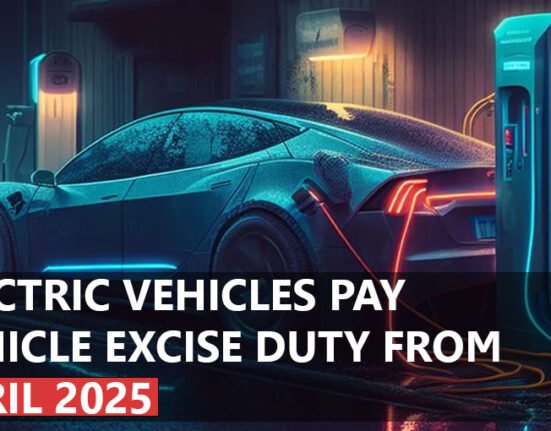Nowadays, scrapping a car is not just like the old days, when the scrap vehicle was just crushed into a cube of twisted metal and stacked at one side of the scrap yard. There are clear legal processes that must be allowed, underscoring the importance of utilisation of Government Authorised car scrappers like www.smartkabadi.com. Opting for such car scrappers not only offer peace of mind but also provide the facility that will not face any legal complications later down in line, but also ensure your scrap vehicles are disposed of environmentally friendly. Scrapping a car involves several stages of dismantlement and destruction. First the car is disassembled into its parts. Then , these parts are further broken into smaller components until they resemble nothing recognised. This meticulous process does not happen only to old vehicles, it can happen to any vehicle after being removed from the road. In this article, we will explore what happens to cars after they get scrapped.
Dismantling Of Scrap Vehicle:
When a car reaches its end of its usable life or deemed unrepairable due to damage or age, it is usually taken to a scrapyard or recycling facility. These facilities specialised in dismantling scrap vehicles in a way that maximises the salvageable materials and components. During these dismantling processes, valuable parts such as the engine, transmission, catalytic converter, and the other components were removed carefully. These parts can be removed for resale and reuse, offering a source of revenue for the scrapyard and recycling facility.
After removing these valuable components, the remaining material such as metal frame and body panel are crushed or shredded. These scrap metals can be recycled and used in manufacturing of new parts, which can lead to helping to conserve natural resources and reduce the environmental impact of car disposal. Moreover, fluids such as engine oil, transmission fluid, and coolant are drained and properly disposed of to prevent environmental contamination.
Recycling Of Car Scrap:
Once the valuable components have been removed from car scrap, the remaining metal shall undergo the process known as shredding. After shredding, magnets are used to separate ferrous metals from non-ferrous metals such as aluminium, copper and other.Once the metals are sorted, then it melted down and recycled into raw materials suitable for use in production procedures. Recycling metals from scrap vehicles helps to reduce the demand for new metals, conserves natural resources, and minimises energy consumption and pollution associated with mining and processing metal.
Hazardous Materials Removal:
Hazardous material removal is an important step in the part of car scrap. Before the scrap vehicles are crushed, shredding, hazardous materials and components may be removed carefully to prevent environmental contamination and ensure worker safety. Fluids such as engine oil, transmission fluids, coolant, brake fluid, and gasoline are drained from the vehicle and properly disposed according to environment regulations. These fluids can be harmful if they leak or seek into water and soil sources.
This includes items such as airbags, which contain explosive materials, batteries containing lead and sulfuric acid, mercury switches found in various parts of the car, and even certain electronic components that may contain toxic substances like lead, cadmium, or mercury. Many scrap yards and recycling facilities have procedures to handle these materials safely and responsibly.
Environmental Compliances:
Scrap yards and recycling facilities must comply with environmental regulations to ensure that the disposal of materials and the recycling process do not harm the ecosystem and human populations. This process may include proper handling of hazardous substances and ensuring that pollutants are not released into the air, water and soil. Compliance also helps to maintain the trust of the community and regulatory agencies, ensuring the long-term viability of the operation.
Disposal Of Non-Recyclable Materials:
Plastics are used in cars for interior design.While many materials from scrap vehicles can be recycled, some components such as plastics and upholstery may pose challenges for recycling or may not be economically viable to recycle. In cases where these materials cannot be effectively recycled, they may be disposed of in a landfill or incinerated, depending on local waste management practices and regulations. However, efforts are being made to find alternative solutions for managing these materials more sustainably. For example, some facilities are exploring technologies to convert certain types of plastics into fuels or other useful products. Additionally, advancements in recycling technologies may improve the recyclability of these materials in the future.
Conclusion:
Are you curious about what happens to cars when they get scrapped? The answer is that there are numerous methods for recycling them. Whether a car undergoes the process depends on its age and value of its materials. Unfortunately, many vehicles still end up in landfills , but efforts towards more sustainable practices are steadily advancing. There are many reasons why many people want to know what happens to cars after they get scrapped. It’s important that we understand the proper way to dispose of autos. Ultimately, if we don’t, the repercussions of our wastefulness will fall on future generations. If you are looking for salvage yards then we www.smartkabadi.com is here to help you. Contact us today to learn more.






Leave feedback about this